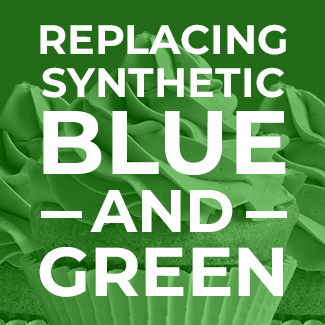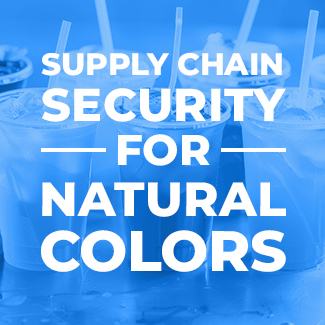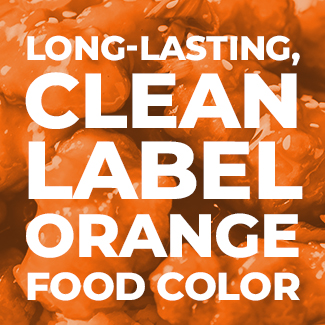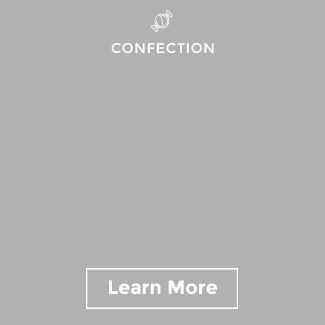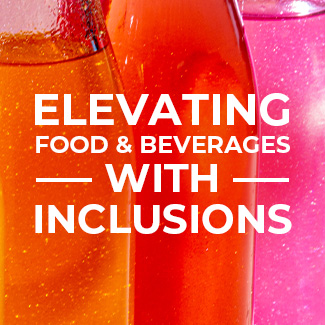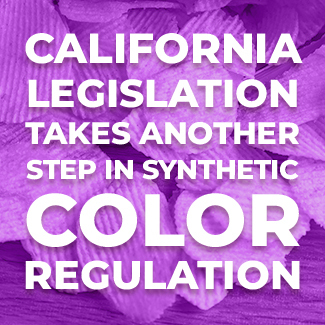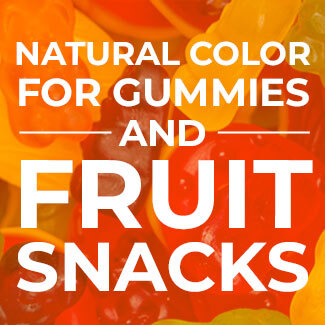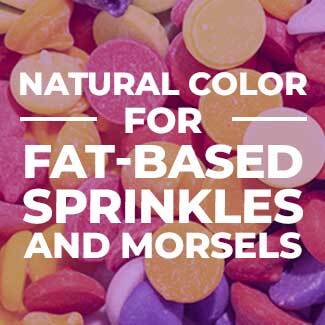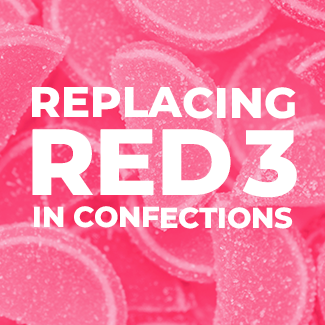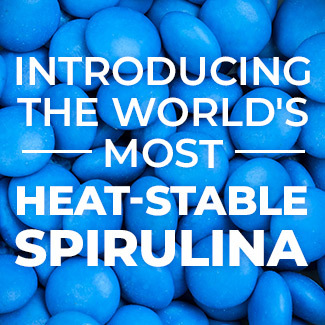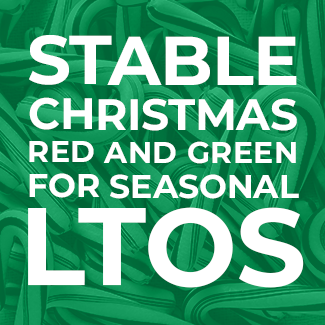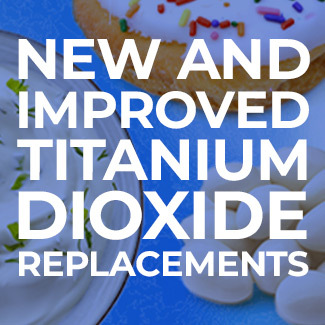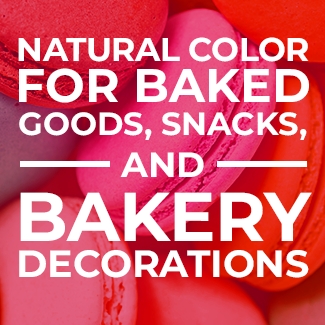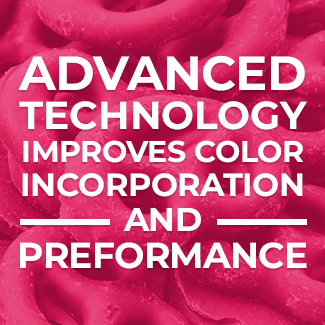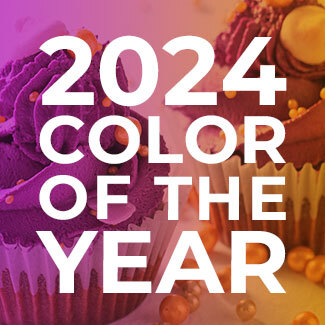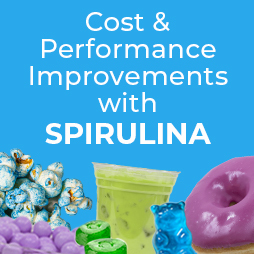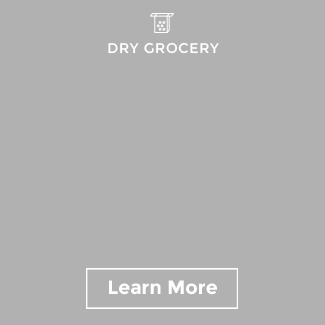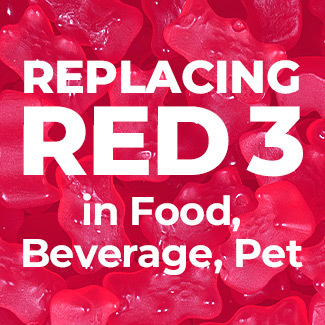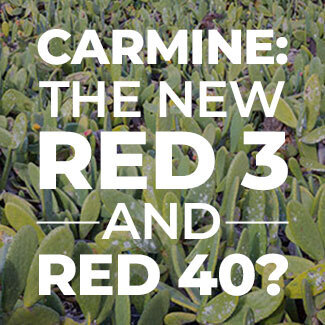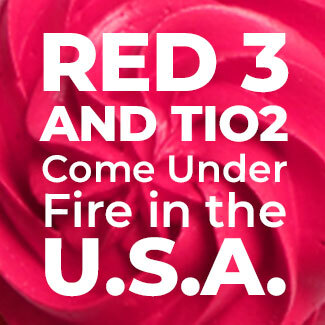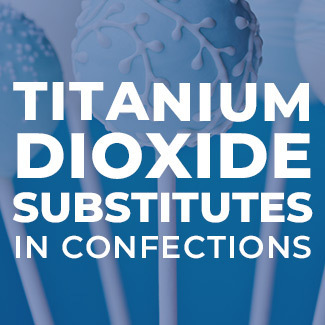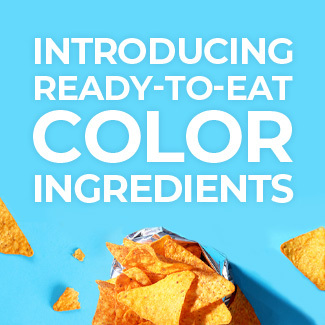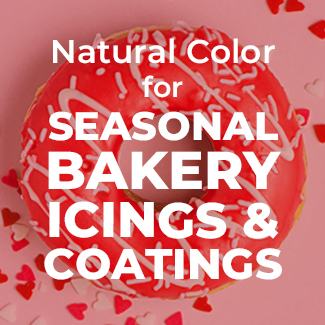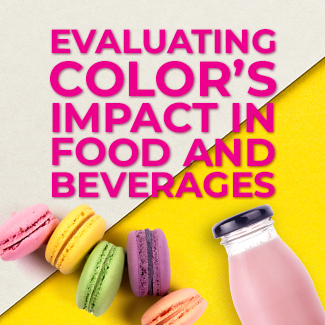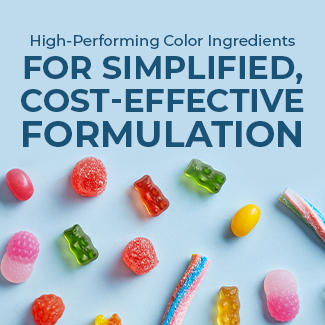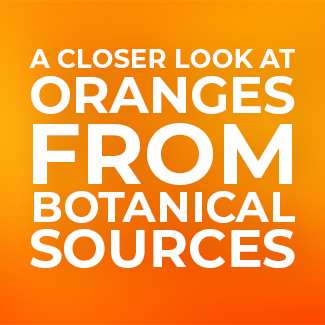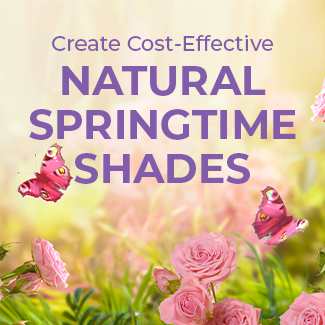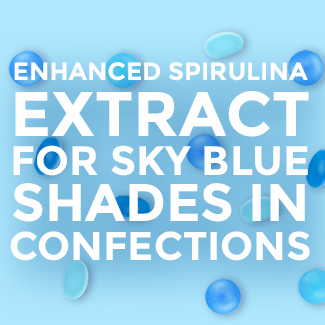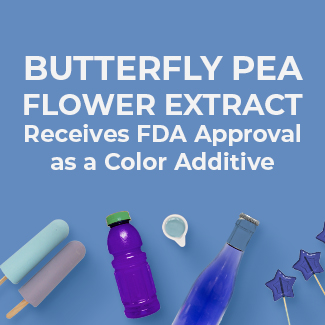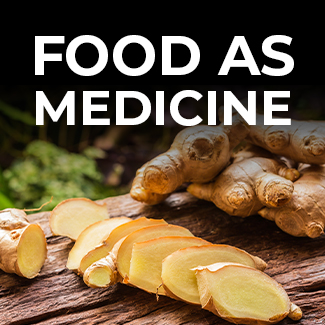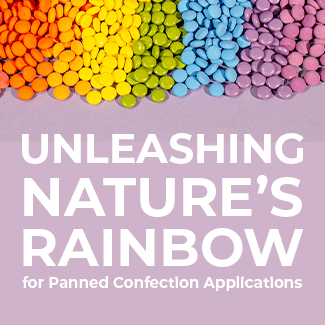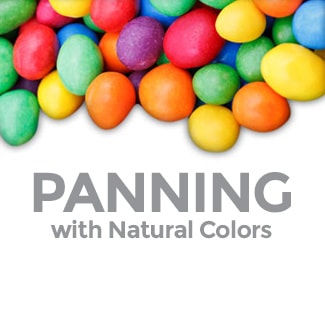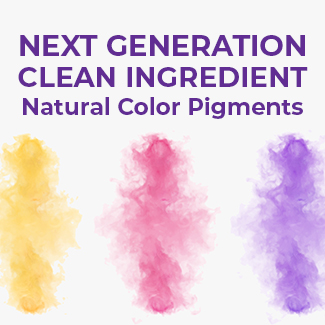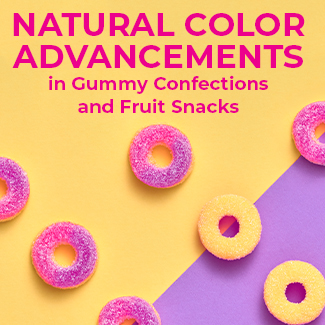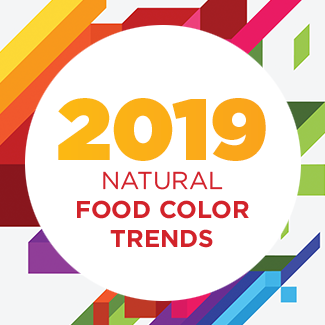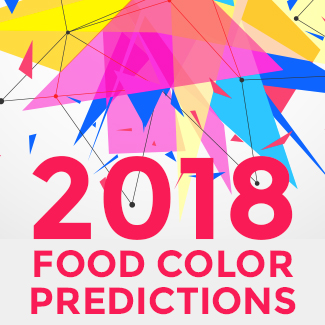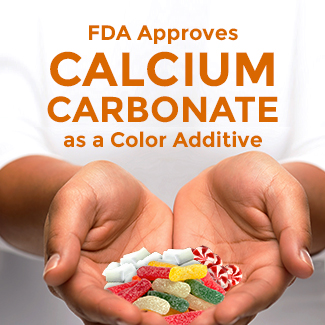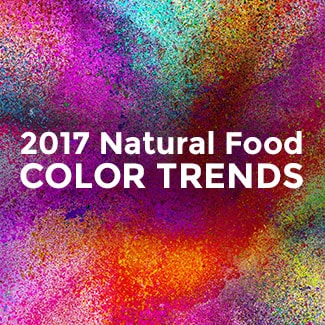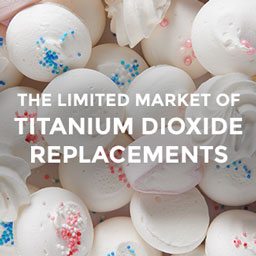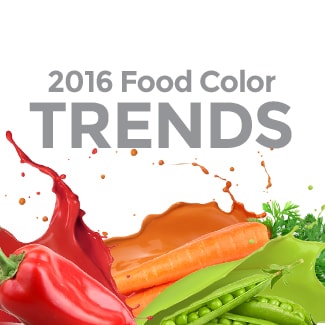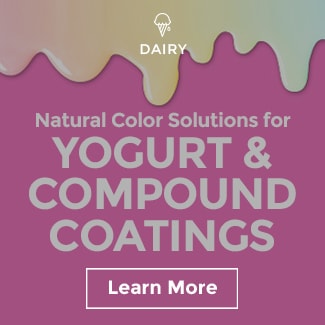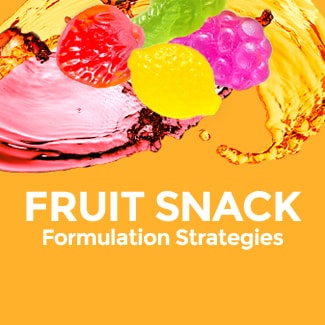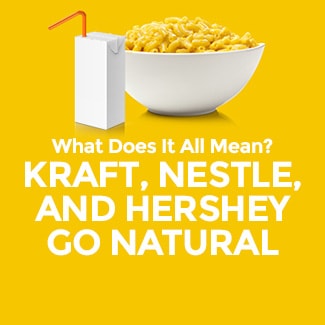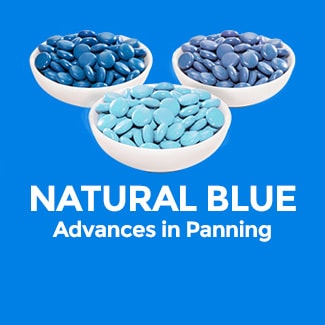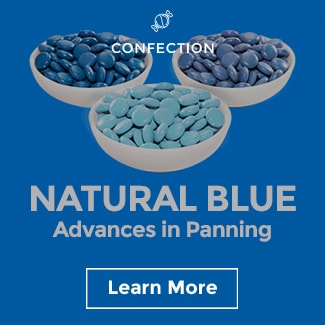Natural Color Opportunity in Licorice
According to Sensient Consumer Research, 88% of consumers would be more likely to buy confection brands that have removed artificial colors. @sensientcolorNA
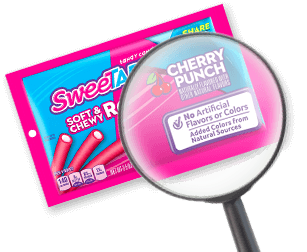 Needless to say, consumers want fewer artificial ingredients in confections. Some confectionery companies are catering to these consumer requests; for example, a Nestle press release stated “We know that candy consumers are interested in broader food trends around fewer artificial ingredients.” Shortly after this release was issued, Nestle committed to removing artificial flavors and colors in their chocolate confections. Although never officially committing to removing artificial colors in sugar confections like SweeTarts, Nestle has continuously made changes in this application area too. Then in 2015, Mars announced their intent to go even further and remove artificial flavors and colors from all confection and gum products. Today’s consumers are expecting brands to remove artificial ingredients even when they are indulging in sweet treats like confections.
Needless to say, consumers want fewer artificial ingredients in confections. Some confectionery companies are catering to these consumer requests; for example, a Nestle press release stated “We know that candy consumers are interested in broader food trends around fewer artificial ingredients.” Shortly after this release was issued, Nestle committed to removing artificial flavors and colors in their chocolate confections. Although never officially committing to removing artificial colors in sugar confections like SweeTarts, Nestle has continuously made changes in this application area too. Then in 2015, Mars announced their intent to go even further and remove artificial flavors and colors from all confection and gum products. Today’s consumers are expecting brands to remove artificial ingredients even when they are indulging in sweet treats like confections.
Formerly known as Wonka Kazoozles, Nestle re-launched this product under the SweeTarts brand as Soft and Chewy Ropes and cleaned up the ingredient list by focusing on natural flavors and colors.
The licorice sub-category of confections is particularly interesting, as dollar sales for the sub-category’s key players are almost all down from last year (IRI). These numbers indicate opportunity and room for innovation in licorice. However, of the top five selling licorice brands, there is significant dollar sales growth for only SweeTarts S&C Ropes. We suspect SweeTarts is doing so well due to their responsiveness to consumer requests for natural ingredients.
Chewy Ropes of Color
…Consumers prefer the bold and vibrant colors of nature.
While a category first known for its shades of red and black, licorice has become very adventurous with colors over time.
Beyond the SweeTarts S&C Ropes, there has been little movement in terms of natural color in licorice and extruded confections, which presents a point of differentiation for brands seeking to simplify their ingredient lists.
According to our research, consumers prefer the bold and vibrant colors of nature. Vivid reds, deep berry purples, and bright oranges are the most preferred shades. But at the end of the day, our data indicates what’s most important is consumer desire for color from fruit and vegetable juices.
Natural Color Opportunity in Licorice and Extruded Confection Applications
Natural color for extruded applications is available in both dry powder and liquid forms. Achieving bright natural shades is very dependent on a manufacturer’s processing, specifically the point of color delivery. Let’s take a look at the three different ways:
1. DRY RECIPE DELIVERY
Form: Natural Color Powder
Advantages:
- More efficient material, shipping, and handling
- Refrigeration not required
Disadvantages:
- Intensity of shade can fade due to prolonged heat exposure during extrusion
- Typically, higher cost-in-use to achieve bright target shades
- Some opacifying agents can turn yellowish due to heat exposure
2. ZONE INGREDIENT DELIVERY
Form: Natural Color Powder or Liquids
Advantages:
- Brighter shades due to less heat exposure
- Lower Cost-in-Use to achieve target shades
- Reduced issues with yellowing of opacifying agents
Disadvantages:
- Special care required for material, shipping, and handling
- Some liquid colors may require refrigeration
3. SLURRY INGREDIENT MIX FOR OPEN KETTLE COOK (Steam or Oil)
Form: Natural Color Powder or Liquids
Advantages:
- In smaller batch methods of cooking where heat is controlled continuously, brighter, more intense shades are possible when color is added later in the cook
- Refrigerated storage not required for powders
Disadvantages:
- If color is added before the 2-3 hours’ cook time, shade degradation is possible
- Special care required for material, shipping, and handling of liquids
- Some liquid colors may require refrigeration
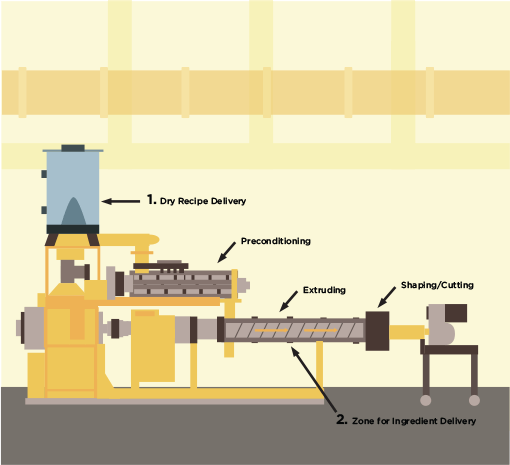
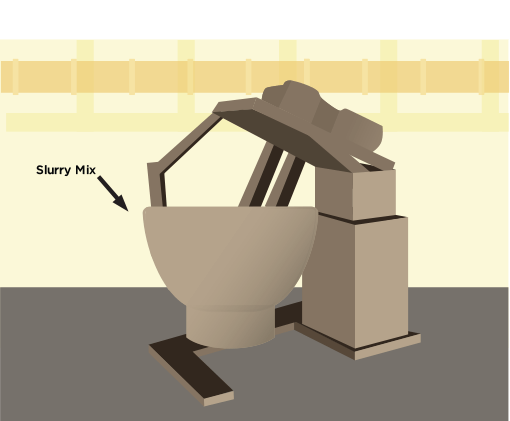
Source: Wenger Manufacturing, Inc., Groen Process Equipment (GPE)
While color from fruit and vegetable juices depends on processing, the silver lining is the availability of either powder or liquid form to meet all manufacturing needs. In addition, advances in technology and extraction have allowed us to develop heat-stable solutions fit for any type of licorice cook or extrusion process. Here are some of the options available today:
Opacifying
Agent:

Titanium Dioxide
- suitable for any processing
- intensifies end shade result
- scrutinized by advocacy and consumer groups in the past couple years for possible links to cancer but no supporting scientific evidence for problems in humans yet
- simple ingredient alternative to Titanium Dioxide
- ideal for Zone Ingredient Delivery
- intensifies end shade result
Reds:

- vegetable juice technology that removes unwanted off-notes inherited from the color source
- ideal for Zone Ingredient Delivery
- label-friendly
- heat-stable vegetable juice
- ideal for high heat or continuous heat cooking like Dry Mix Delivery and Open Kettle Cook
- label-friendly
Red Iron Oxide blend
- suitable for any manufacturing style
ORANGES:

Beta Carotene
- suitable for any manufacturing style
- label-friendly
Natural Reds and Yellows can be combined into a single-delivery solution
- achieve target shade more precisely
- label-friendly
Orange Iron Oxide blend
- suitable for any manufacturing style
YELLOWS:

Turmeric
- suitable for any manufacturing style
- issues with light stability
- label-friendly
Beta Carotene
- heat-stable vegetable juice
- ideal for high heat or continuous heat cooking like Dry Mix Delivery and Open Kettle Cook
- label-friendly
Yellow Iron Oxide
- suitable for any manufacturing style
- greater opacity
BLUES:

Spirulina
- ideal for Zone Ingredient Delivery
- suitable for any manufacturing style
- pH environment 3.5-7
GREENS:

Spirulina + Turmeric/Beta Carotene
- ideal for Zone Ingredient Delivery
- label-friendly
Natural Blue + Turmeric/Beta Carotene
- suitable for any manufacturing style
- label-friendly
Green Iron Oxide blend
- suitable for any manufacturing style
PURPLES:

Natural Reds + Natural Blues
- Pure-S Red + Spirulina/Natural Blue for Zone Ingredient Delivery
- SupraRed + Natural Blue for high heat or continuous heat cooking like Dry Mix Delivery and Open Kettle Cook
- label-friendly
BROWNS/
BLACKS:

- suitable for any manufacturing style
- label-friendly
Natural Blues + Reds + Yellows
- low usages for Brown shades
- higher usage rates for Black shades
- manufacturing based on component properties
- label-friendly
Black Iron Oxide
- suitable for any manufacturing style
- deepen shade by adding natural reds and blues into one single delivery solution
Colorful possibilities are readily available for extruded confection and licorice manufacturers looking to cater consumer demand for cleaner labels. However, some food scientists in confections are hesitant about reformulating to meet requests for simpler ingredients in a sweet, indulgent category. But, the data is very clear—as many as 61% of consumers globally are avoiding products containing artificial colors (Nielsen Global Health and Ingredient Survey, Q1 2016). Red #40 is the most problematic color, with 41% of the general population concerned about the color being added to their food, and Yellow #6 is close behind at 31% (Sensient Consumer Research, 2016).
The growing uneasiness around artificial colors has certainly accelerated the movement to natural colors in other categories too.
In Q4 of 2016, the U.S. actually hit an all-time high with 73% of new products launched using natural colors. @sensientcolorNA
We don’t expect the movement to natural to slow down, as it’s truly a global phenomenon. The inactivity in the licorice category signifies boundless opportunity to differentiate your chewy ropes with natural color.





